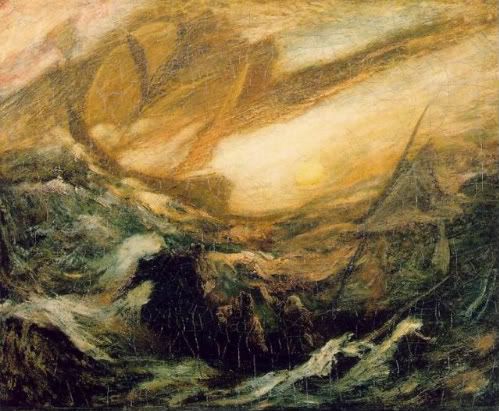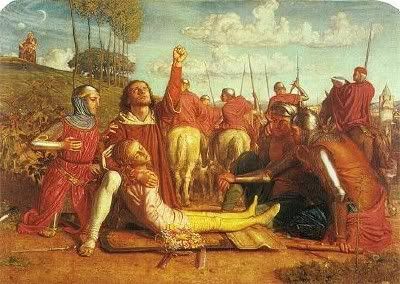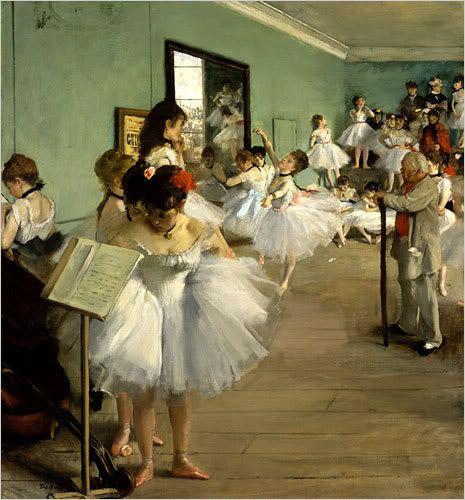
Merry Christmas to all! When I was a child this was probably my favourite Christmas Carol. Long before I saw my first Disney movie, I was fascinated by the idea of talking animals, so the idea that animals could speak on Christmas Eve was particularly attractive to me. I still remember it from a little cassette tape and book of Christmas Carols that I carried around with me for MONTHS leading up to Christmas. The tape was played so much that it always warbled during this song (and during my other favourites, the "Wassailing Song," "Good King Wenceslas" and "The Holy and the Ivy". I guess even then I had a thing for Old English Carols!
The Friendly Beasts
Jesus, our brother, kind and good,
Was humbly born in a stable rude;
And the friendly beasts around Him stood.
Jesus, our brother, kind and good.
"I," said the Donkey, shaggy and brown,
"I carried His mother up hill and down;
I carried His mother to Bethlehem town."
"I," said the Donkey, shaggy and brown.
"I," said the Cow, all white and red,
"I gave Him my manger for His bed;
I gave Him my hay to pillow His head."
"I," said the Cow, all white and red.
"I," said the Sheep, with the curly horn,
"I gave Him my wool for His blanket warm;
He wore my coat on Christmas morn."
"I," said the Sheep, with the curly horn.
"I," said the Dove, from the rafters high,
"I cooed Him to sleep that He should not cry;
We cooed Him to sleep, my mate and I."
"I," said the Dove, from the rafters high.
Thus every beast by some glad spell,
In the stable dark was glad to tell
Of the gift he gave Emmanuel,
The gift he gave Emmanuel.
Image courtesy of the Tate Gallery. It's "The Adoration" by Dante Gabriel Rossetti, and was painted between 1858 and 1864. I had actually never seen this painting before today! I just love the strong Medieval quality that it has. I'm so glad I found it!




































